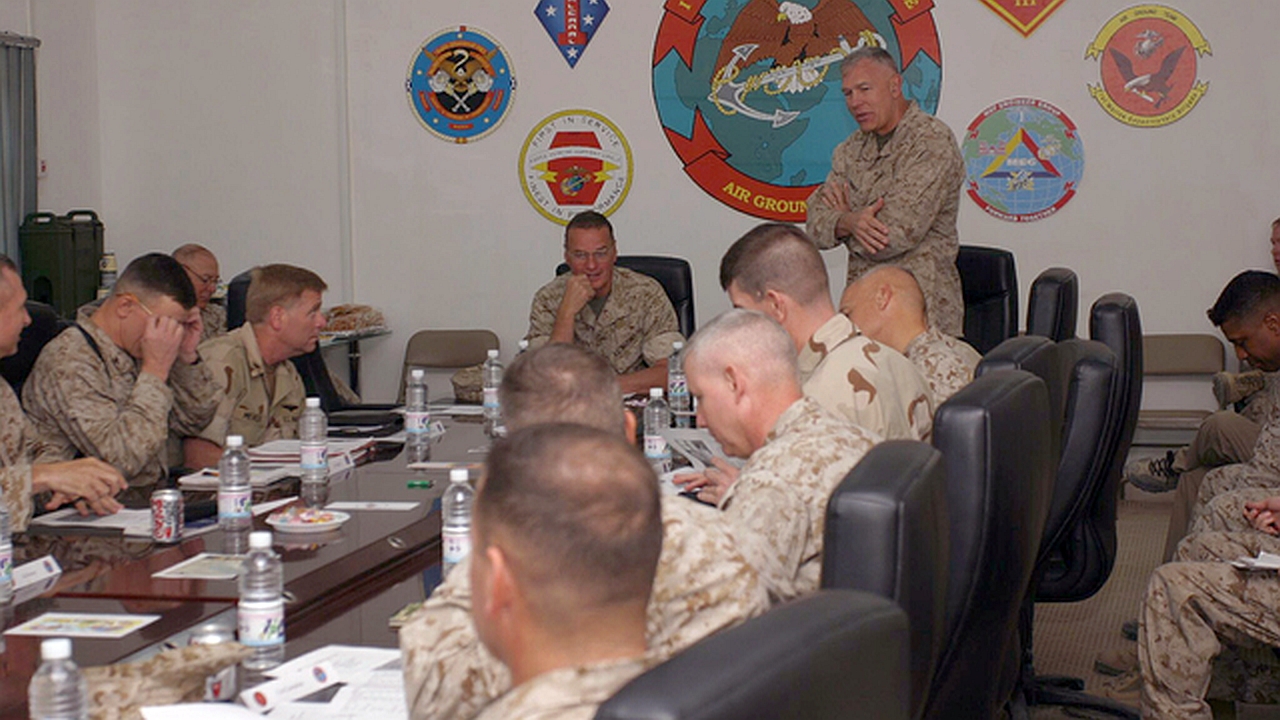
Organization Management Rhythm (part 1): Introduction and types of meetings
This article is part 1 of a series of articles on Organization Management Rhythm.
Introduction
Organization Management Rhythm creates an optimal calendar rhythm that aligns the information flow to present filtered information at the point of decision. In this it will streamline and identify the material and meetings in relation to key personnel that are used to create decision cycles for each division all the way up to the highest echelon. It utilizes the information at each area to identify the critical paths that are needed to make the decision. It utilizes multiple sources of information (the people, where they get their information, meetings, the decision cycles of the organization) to look at how well meeting management is done for an organization, how well the meetings are conducted, and how it impacts the decision cycle of the authoritative person.
In this respect, information refers to sets or series of data that, when integrated with other elements of information, provide for the creation of knowledge and shared understanding that answers the “so what” question. Filtered, in this context, is defined as cross-functionally synthesized and bearing relevance on the immediate decision. Poorly aligned information flow keeps the staff constantly scrambling to answer the senior staff questions.
Types of meetings
All types of meetings seek to answer questions, define purpose, create work outcomes, and create human outcomes based on the subject of the meeting. The standard meeting process, Robert’s Rules of Order, was written in 1876 and is the business process on how a meeting is to run along with the agenda based upon the type of the meeting. It is a parliamentary procedure that governs most organizations in their meeting processes. It is one of the oldest works that describes meetings and how to conduct them. Meetings have been defined, refined, and sorted by many organizations. Research shows that the way an organization meets impacts:
- Employee engagement and retention
- Productivity
- Decision making quality and velocity
- Top line business performance.
Thus, it is essential that meetings are defined and categorized in a fashion to allow new staff to identify the type of meetings and briefings they will attend or give. This allows for a common framework within the company. Utilizing both the Military’s meeting types and briefs along with Lucid Meetings sixteen meeting types as the base for understanding how a meeting is categorized and what is supposed to happen in that meeting.
Next part (part 1.1): Military meetings.
Acknowledgements: Thank you to Tomi Antill, Keith Davis, Elise Keith from Lucid Meetings, JFHQ-C Leadership, and Kendra Albright from Kent State University, without whose support this series would not have been possible.
Header image source: U.S. National Archives, Public Domain.





![Collaborating on Research by National Eye Institute [Flickr image]](https://realkm.com/wp-content/uploads/2018/07/9955278615_c5356cdffd_z.jpg)
